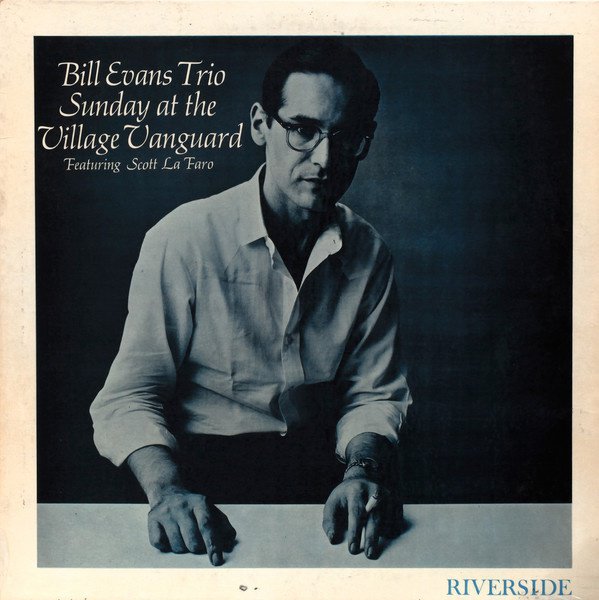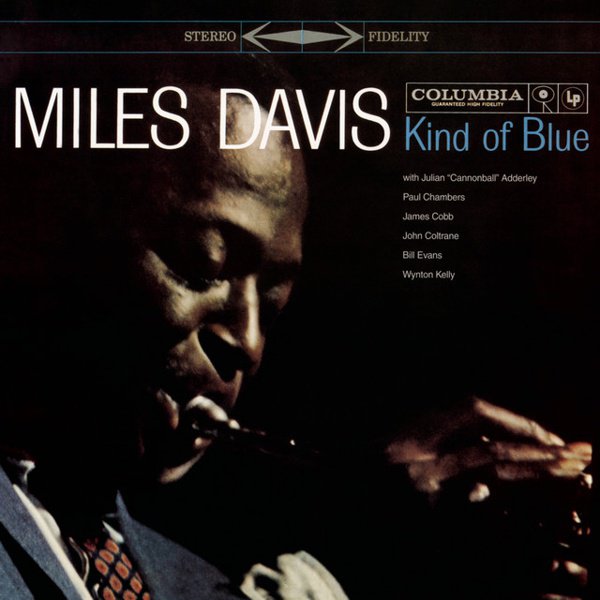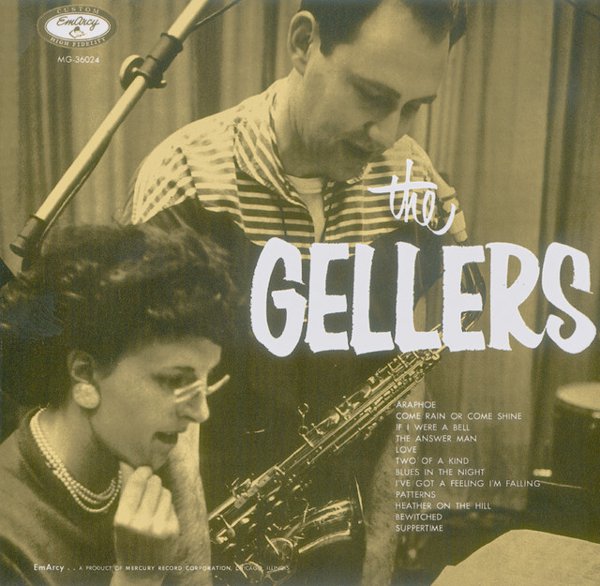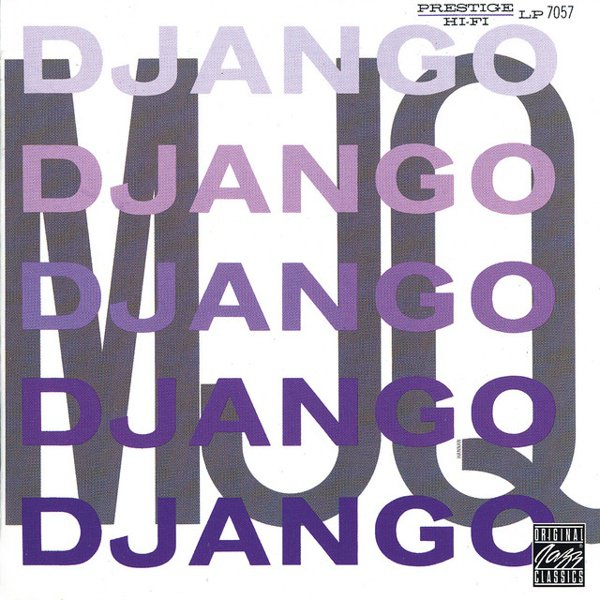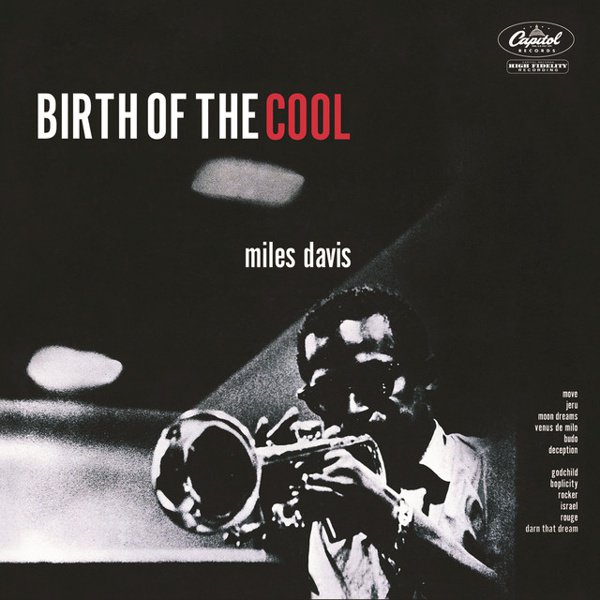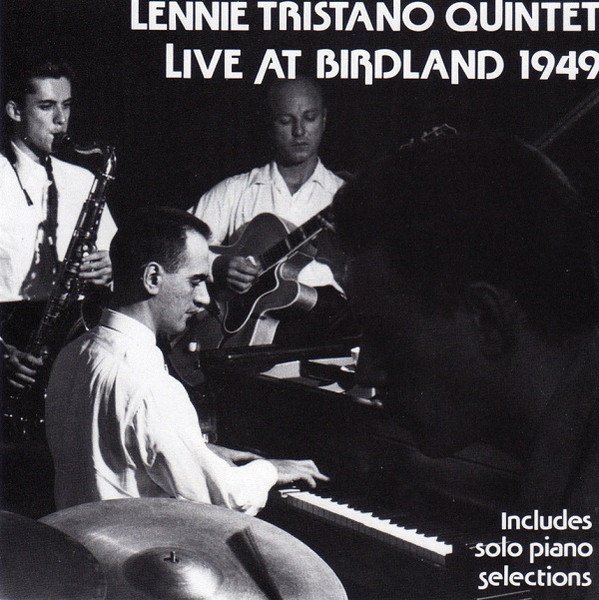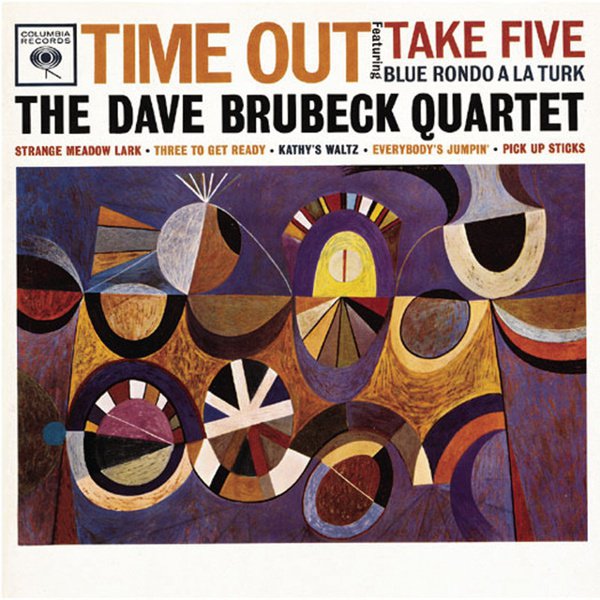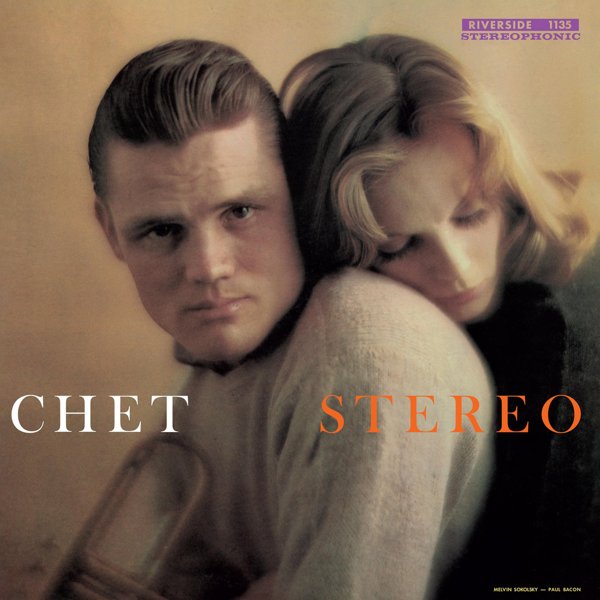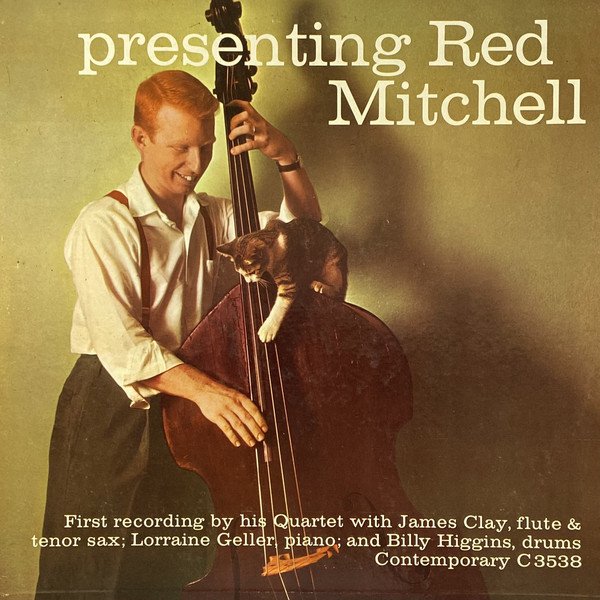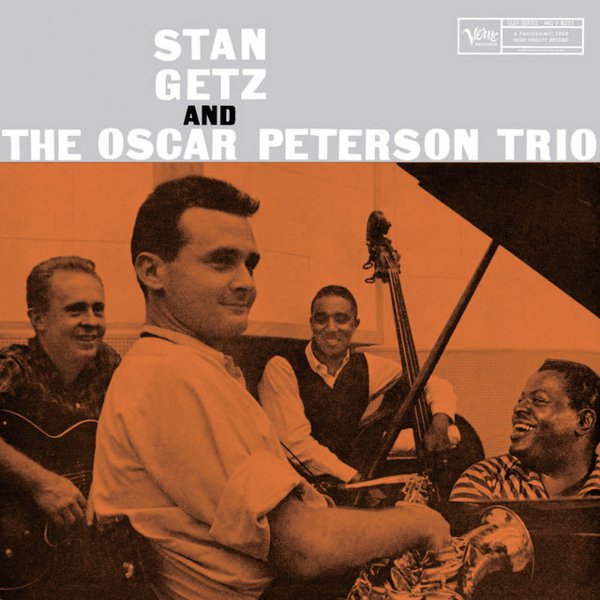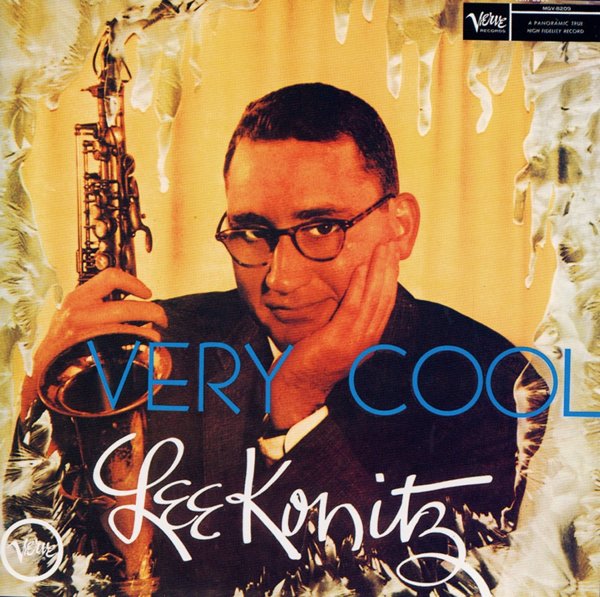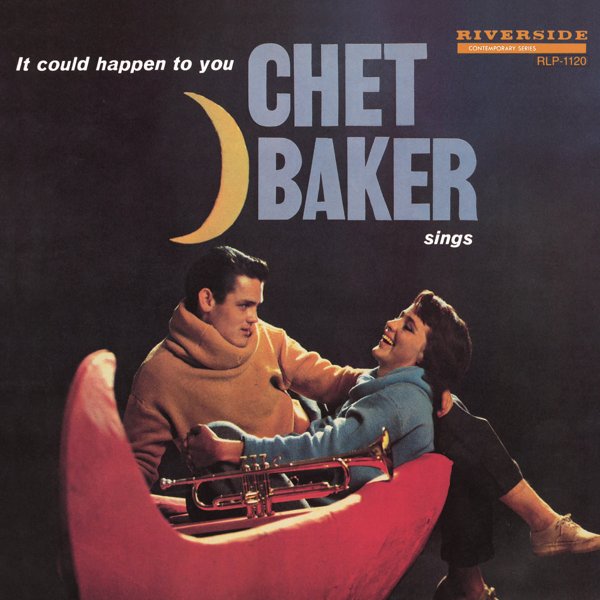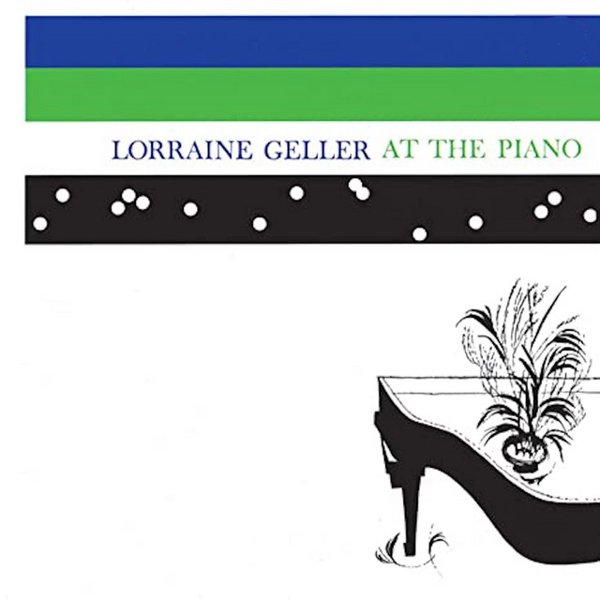Like other musical styles, jazz has experienced multiple small revolutions over the course of its history. Two of the most significant took place near the middle of the 20th century: in the 1940s, the jagged complexity of bebop constituted an explicit rejection of the lush accessibility of the big-band swing music that had been so popular in the 1930s. And in the 1950s came the inevitable reaction to bebop: a style that came to be called “cool.”
Cool jazz was characterized by several departures from the bebop style. Whereas bop tempos tended to be headlong and the rhythms complex (thus excluding all but the most virtuosic players, which was part of the point), the cool style favored ballads and medium tempos — though plenty of the cool recordings of the 1950s featured brisk tempos. Players in this style favored a softer, drier tone as well, and often they turned to both modern and archaic European classical music for inspiration in a way that was not typical during either the bop or the swing eras. In fact, one hallmark of the cool school was a tendency towards elaborate arrangements. Cool players didn’t abandon either small-combo configurations or the head-solos-head structure that had been the standard approaches throughout the 1940s, but they became more adventurous, sometimes creating fully composed pieces that blended jazz rhythms and sonorities with carefully crafted orchestration in a way that harked back in some degree to the work of Duke Ellington. This was part and parcel of an emerging intellectualism in jazz; one of the things that led this music to be characterized as “cool” was a sense that its practitioners were taking a cerebral approach to the music rather than throwing themselves into it with passionate abandon. The complex and near-orchestral arrangements of Gil Evans, the rigidly logical pianism of Lennie Tristano, and the decorous reserve of the Modern Jazz Quartet all contributed to this aspect of the cool jazz revolution.
The emergence of cool jazz also led to one of the first east-coast-versus-west-coast rivalries in American music. Bebop was born at a club called Minton’s in New York City, and was closely associated with the New York scene. But although the central elements of cool jazz came initially to the surface in New York, the cool scene soon shifted to California, and coalesced particularly around a Hermosa Beach nightclub called the Lighthouse Café, where a house band called the Lighthouse All-Stars boasted a rotating membership that included such luminaries as Chet Baker, Shelly Manne, Miles Davis, Jimmy Giuffre, Max Roach, and Gerry Mulligan – all of whom would become important bandleaders and would record seminal albums in the cool style.
Subsequent developments in jazz, including both the Third Stream phenomenon (which sought, with limited success, to fuse jazz and classical music into a new musical form) and the eventual emergence of free jazz, can be seen simultaneously as logical extensions of musical ideas from the cool period, and as reactions to those ideas. And so the pattern continues.

